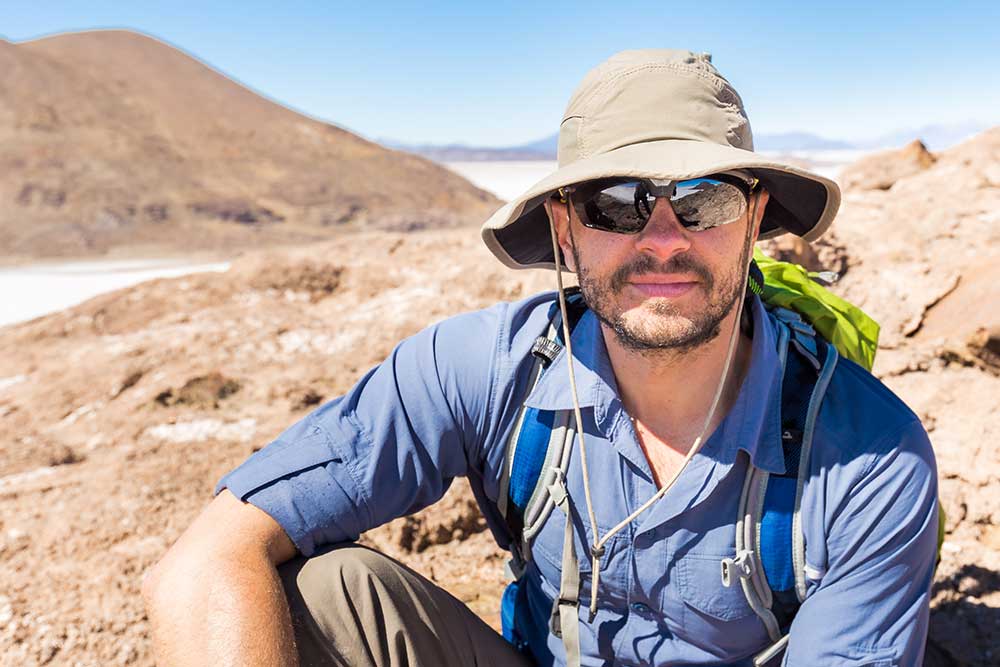All Categories
Featured
Table of Contents
Frequently Asked Questions in Marangaroo WA 2020

(PREM)., and the boundaries in between layers of the mantle are consistent with stage transitions.

This makes plate tectonics possible. Schematic of Earth's magnetosphere. The solar wind circulations from delegated right. If a world's magnetic field is strong enough, its interaction with the solar wind forms a magnetosphere. Early space probes mapped out the gross measurements of the Earth's magnetic field, which extends about 10 Earth radii towards the Sun.
Inside the magnetosphere, there are reasonably thick regions of solar wind particles called the Van Allen radiation belts. Geophysical measurements are usually at a specific time and place.
Services Geophysical in Hilton WA 2023
, integrates huge collaborates and the regional gravity vector to get geodetic coordinates. This technique just provides the position in two coordinates and is more difficult to use than GPS.
Relative positions of 2 or more points can be figured out utilizing very-long-baseline interferometry. Gravity measurements entered into geodesy because they were needed to associated measurements at the surface area of the Earth to the referral coordinate system. Gravity measurements on land can be made using gravimeters deployed either on the surface or in helicopter flyovers.
Satellites in area have actually made it possible to gather data from not just the visible light area, but in other locations of the electro-magnetic spectrum. The worlds can be defined by their force fields: gravity and their magnetic fields, which are studied through geophysics and space physics. Determining the modifications in acceleration experienced by spacecraft as they orbit has permitted fine details of the gravity fields of the planets to be mapped.
Geophysical Survey Permit Program in White Gum Valley Oz 2021

Considering that geophysics is concerned with the shape of the Earth, and by extension the mapping of functions around and in the planet, geophysical measurements include high accuracy GPS measurements. Once the geophysical measurements have actually been processed and inverted, the translated outcomes are outlined using GIS.
Lots of geophysics business have created in-house geophysics programs that pre-date Arc, GIS and Geo, Soft in order to satisfy the visualization requirements of a geophysical dataset. Exploration geophysics is used geophysics that frequently uses remote picking up platforms such as; satellites, airplane, ships, boats, rovers, drones, borehole noticing equipment, and seismic receivers.
Aeromagnetic data (airplane gathered magnetic information) collected utilizing conventional fixed-wing airplane platforms need to be corrected for electromagnetic eddy currents that are developed as the airplane moves through Earth's magnetic field. There are also corrections associated with modifications in measured potential field strength as the Earth rotates, as the Earth orbits the Sun, and as the moon orbits the Earth.
How To Become A Geophysicist in Mundijong Aus 2023
Signal processing includes the correction of time-series information for undesirable noise or errors presented by the measurement platform, such as aircraft vibrations in gravity information. It likewise includes the decrease of sources of noise, such as diurnal corrections in magnetic information. In seismic data, electro-magnetic data, and gravity data, processing continues after error corrections to include computational geophysics which lead to the last interpretation of the geophysical data into a geological interpretation of the geophysical measurements Geophysics became a separate discipline just in the 19th century, from the intersection of physical geography, geology, astronomy, meteorology, and physics.
The magnetic compass existed in China back as far as the 4th century BC. It was not up until great steel needles could be forged that compasses were utilized for navigation at sea; before that, they could not keep their magnetism long enough to be beneficial.
By taking a look at which of 8 toads had the ball, one could determine the direction of the earthquake. It was 1571 years prior to the first design for a seismoscope was released in Europe, by Jean de la Hautefeuille. It was never ever built. Among the publications that marked the start of contemporary science was William Gilbert's (1600 ), a report of a series of precise experiments in magnetism.
Geophysical Survey - Archaeological Research in Langford Western Australia 2023
In 1687 Isaac Newton released his, which not only laid the structures for classical mechanics and gravitation but likewise explained a variety of geophysical phenomena such as the tides and the precession of the equinox. The first seismometer, an instrument efficient in keeping a continuous record of seismic activity, was built by James Forbes in 1844. Dietmar; Sdrolias, Maria; Gaina, Carmen; Roest, Walter R. (April 2008). "Age, spreading out rates, and spreading out asymmetry of the world's ocean crust". Geochemistry, Geophysics, Geosystems. 9 (4 ): Q04006. Bibcode:2008 GGG ... 9. 4006M. doi:10. 1029/2007GC001743. S2CID 15960331. "Earth's Inconstant Electromagnetic field". science@nasa. National Aeronautics and Area Administration. 29 December 2003. Recovered 13 November 2018.
Runcorn, S.K, (editor-in-chief), 1967, International dictionary of geophysics:. Pergamon, Oxford, 2 volumes, 1,728 pp., 730 fig Geophysics, 1970, Encyclopaedia Britannica, Vol. Intro to seismology (Second ed.).
Latest Posts
What Should I Do To Be A Geophysicist? in Subiaco WA 2022
Geophysicist - Jobs And Skills Wa in Midland Western Australia 2023
Career Guide: Geophysicist in Tapping Aus 2022